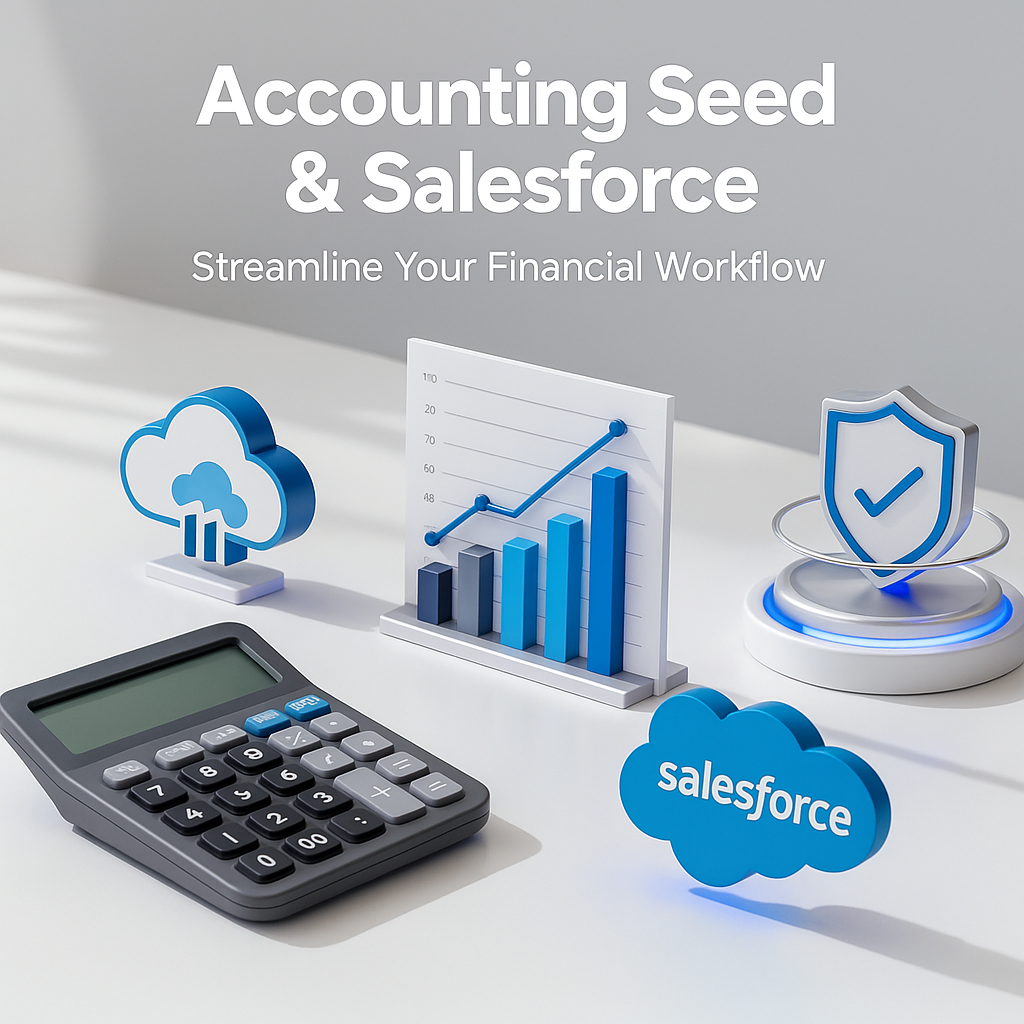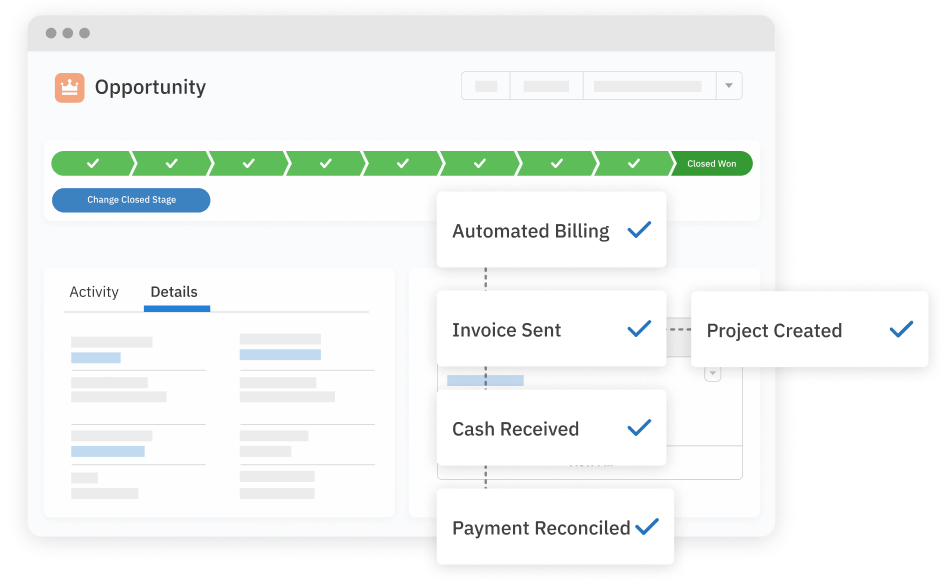Accounting Seed on Salesforce, a practical guide for finance teams


For companies that already depend on Salesforce, the choice of an accounting system is less about basic bookkeeping and more about keeping sales, operations, and finance in sync. The priority is real-time visibility, smoother processes, and fewer reconciliation issues. Accounting Seed meets these needs as a comprehensive accounting solution built natively on Salesforce.
What "native" means, and why it matters
Calling Accounting Seed “native” means it runs inside Salesforce rather than sitting in a separate system that must be linked by middleware. That shared platform brings two immediate advantages:
- A single data and security model: customer records, opportunities, invoices and ledger entries live under the same schema and use the same permissions from day one;
- Reduced sync work: transactions can flow straight from opportunity → invoice → ledger without recurring exports or reconciliation scripts.
In practice this reduces manual handoffs, shortens close cycles, and makes it easier to build dashboards that combine sales and financial metrics in real time.
Core capabilities
Accounting Seed covers the accounting features finance teams expect, with configuration exposed through Salesforce’s tooling:
- General ledger and flexible chart of accounts: supports detailed financial tracking and reporting tailored to your organization’s structure;
- Accounts receivable and accounts payable, invoicing and cash application: streamlines billing, collections, and vendor payments within a single unified system;
- Bank reconciliation and cash receipts workflows: automates matching of bank transactions to ledger entries, reducing manual effort and reconciliation time;
- Billing models (including recurring invoicing and automated invoice generation): handles complex billing scenarios such as subscriptions or milestone-based revenue with minimal manual input;
- Revenue recognition and multi-entity consolidation support: ensures compliance with accounting standards and simplifies reporting across multiple entities or business units;
- Multi-currency handling and sales tax handling: enables accurate accounting for international operations with automatic conversions and localized tax calculations;
- Project/job accounting and inventory-adjacent workflows for firms that need them: links financial data to specific projects or inventory movements for clearer cost tracking and profitability insights;
- Financial close workflows and reporting/dashboards built in Salesforce: provides real-time visibility into performance and accelerates period-end closing with configurable dashboards.
Many of these functions are configurable without code, letting admins tailor behavior with point-and-click tools. For highly specific requirements, the platform still allows deeper customization.

Tax management
Accounting Seed's tax management capabilities includes a built-in AS Native Tax tool for calculating sales and purchase taxes, plus a seamless integration with Avalara AvaTax (for United States and Canada).
Automation, customization and AI
One of Accounting Seed’s practical strengths is automation: it is possible to automate recurring invoices, approval flows, bank matching steps and other routine tasks using Salesforce workflows and process builder-style tools. That reduces manual entry and error-prone processes.
Recent product updates also point toward embedded AI features, such as automated invoice capture and smarter transaction matching, that speed routine tasks and shorten month-end processes. And because the solution is built on Salesforce, teams can balance no-code configuration with the ability to extend via custom code when business needs demand it.

Security, compliance and reliability
As it runs on Salesforce, Accounting Seed inherits platform-level controls: role-based permissions, audit trails, backup and recovery frameworks, and the operational stance expected of major cloud providers. Many organizations also rely on the vendor’s compliance posture and certifications when evaluating risk and audit readiness.
Reporting and analytics
Accurate, timely insight is one of the biggest advantages of running accounting directly inside Salesforce. As Accounting Seed uses the same database as Salesforce, every transaction feeds instantly into reports and dashboards. Finance teams can build real-time views of revenue, expenses, margins, and cash flow without waiting for external data imports or reconciliations.
Financial statements such as balance sheets, income statements, and cash flow reports are available out of the box and can be customized to match the defined chart of accounts and reporting hierarchy. Dashboards can combine financial and operational metrics giving leadership a unified view of performance. The result is faster access to reliable data, less manual spreadsheet work, and more confident decision-making across departments.
Wrapping up
Accounting Seed turns Salesforce from a CRM into a unified platform for financial operations, helping reduce reconciliation work and deliver timely financial insight. If your company is already invested in Salesforce and managing more than basic bookkeeping or billing, it’s a solution worth exploring.
If your organization is ready to unify sales, operations, and finance with real‑time data on Salesforce with Accounting Seed, contact us!




